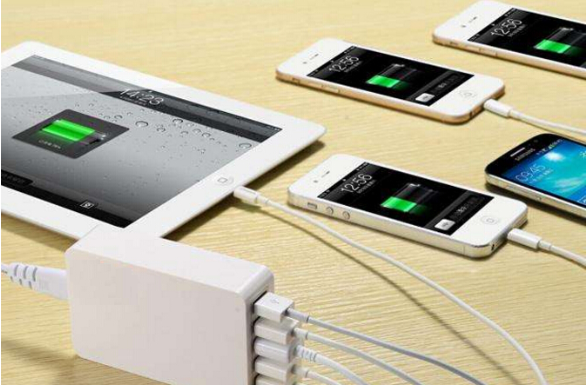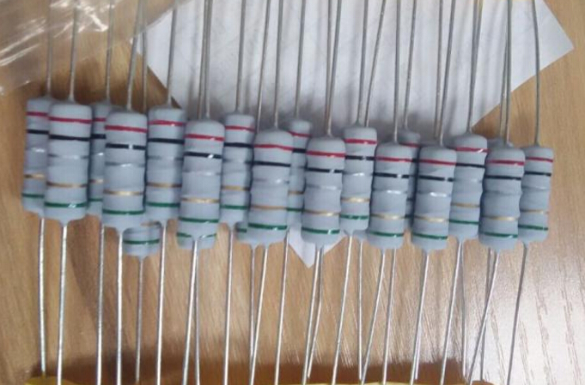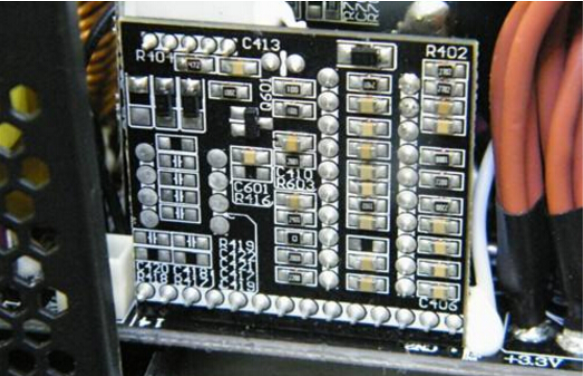Position:Home » Technical Articles
Why do Charger Circuits use Winding Resistance?
Writer:Microhm Page View:Date:2019-04-09
There are many kinds of resistors in our life, each kind of resistor has its own characteristics and technical advantages. Common ones are high-power resistance, chip resistance, plug-in resistance, precision resistance, brake resistance and so on. In charger products, wire wound resistor use the most. So why do chargers use wire wound resistor, what are the advantages of them?


In addition, due to structure, the winding resistance has a large coefficient of distributed capacitance and inductance, and cannot be used in high-frequency circuits. Our common wire-wound resistance value is accurate, except for the charger output voltage reference, other chargers do not use wire-wound resistance. For example, mobile phone charger circuit is SMPS switching power supply circuit.

The winding resistance is a current limiting element. When the winding resistance is connected to the circuit, it can limit the amount of current passing through its connected branch. If the resistance value of a wire-wound resistance is close to zero ohms, the wire-wound resistance has no effect on the current, and the circuit connecting the wire-wound resistance in series is short-circuited and the current is infinite. Because of the high demand of the signal generation circuit at the high voltage end, it is impossible to adopt the wire-wound resistance, otherwise it will lead to self-excitation and affect the oscillation frequency, so that the output fluctuates greatly. Only the sampling reference circuit at the low voltage end may use the wire-wound resistance. A cell phone charger circuit is not a high-precision electrical apparatus, it does not need to calculate the capacitance and inductance of the PCB board. Moreover, the switching power supply itself fluctuates greatly, and the filtering effect of a wire-wound resistor is generally negligible.
Keywords:Winding Resi
Latest News
- Resistor's role in measuring and correcting LED,,,
- Single through-hole resistors' characteristics ,,,
- Why shunt resistors for current sense applicati,,,
- Metal-film resistors with small size, high resi,,,
- 36W High-Current Shunt Resistors MMS8420,,,
- 1W Surface Mount Resistor MPR1206,,,
- An Overview of Microhm Electronics' Resistor Pr,,,
- More anti-sulfur resistors used in harsh envir,,,
- Resistance changes with temperature,,,
- 140W TO247 High Power Heatsinkable Resistor,,,
- MMS5930 is ideal for current sensing in industr,,,
- Shunt resistors selection for engineers' design,,,
- Considerations for choosing precision resistors,,,
- Ceramic Encased Cement Resistors NWH Series for,,,
- Resistors for Passive Balancing in Battery-Pow,,,
Hot Articles
- Microhm will take part in 10th Automotive World,,,
- Thanks for Visiting Microhm's Booth E5-5706 in ,,,
- Resistors in Short Supply: Blame Cars,,,
- New lunch: High Power Precision Shunt Resistor,,,,
- How to Test a Resistor,,,
- Innovative Technology, Future Electric: Electri,,,
- What is Precision Resistors?,,,
- SMD Resistors Sizes and Packages,,,
- The Construction and Features of Metal Film Res,,,
- What is a TO-220 Resisor?,,,
- Hot Selling Products: Precision Shunt Resistors,,,
- How to Calculate the Equivalent Resistance Valu,,,
- What is a Fixed Resistor?,,,
- Resistors in LED Circuits,,,
- Resistors Types and Materials Overview,,,
Resistance applications
- Urbanization Development Bringing the Transform,,,
- Surface Mount Resistor's Size and Package ,,,
- BMS for New Energy Vehicle,,,
- Select the Right Resistor for Harmonic Filterin,,,
- Why Zero-Ohm Resistors?,,,
- Heater Blower Motor Resistor in Air Conditioner,,,
- Shunt Resistor MMS8420 for High Current Stable ,,,
- The Main Application for High Precision and Low,,,
- Miniature future for passive electronic compone,,,
- Carbon Film Resistors' Features and Application,,,
- The Measurement Accuracy of Automotive Shunt is,,,
- The Four Important Functions of Alloy Resistors,,,
- Precision Resistors' Construction and TCR,,,
- Industrial Roberts Applied to Solar Photovoltai,,,
- Difference Between High Precision Resistors and,,,
